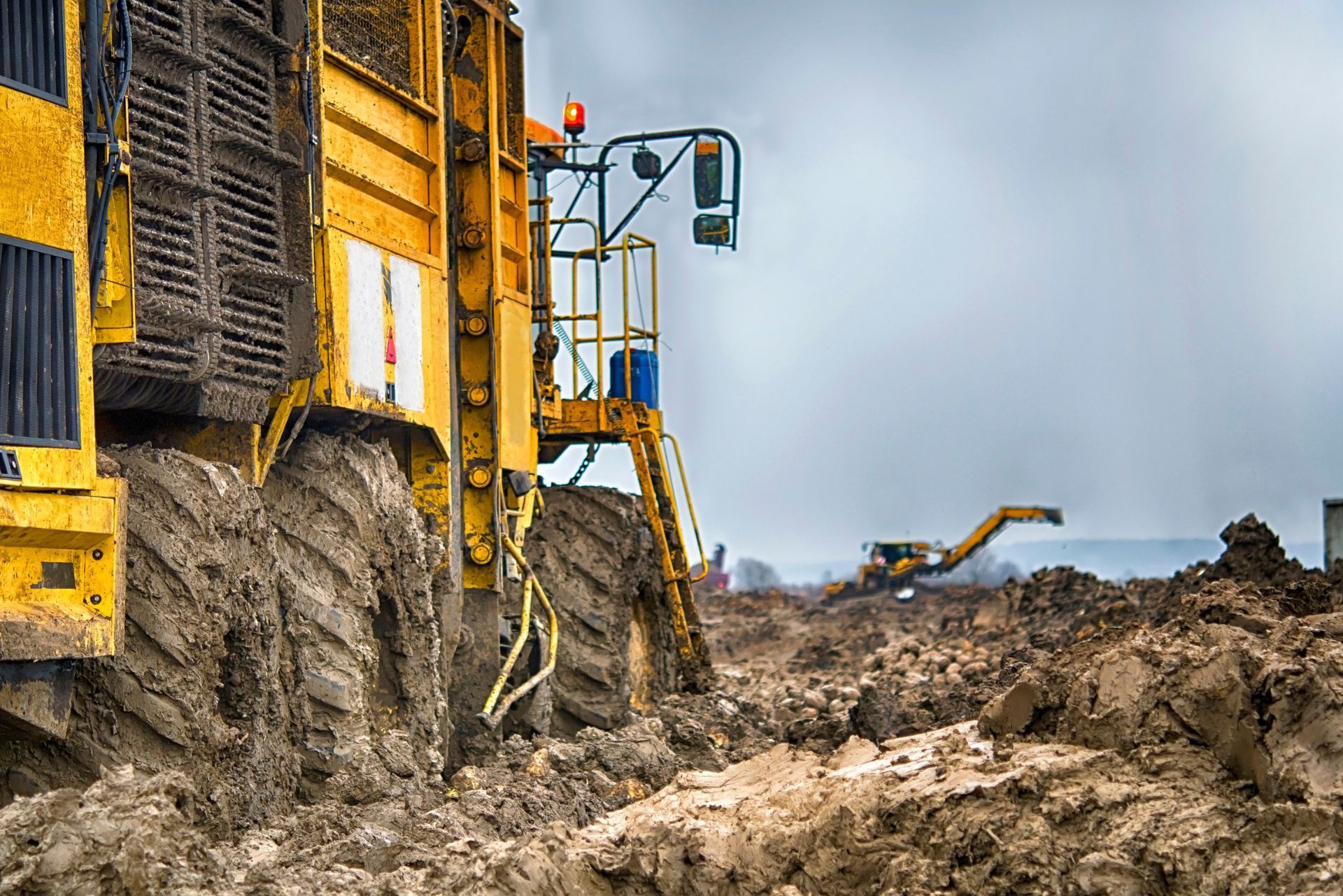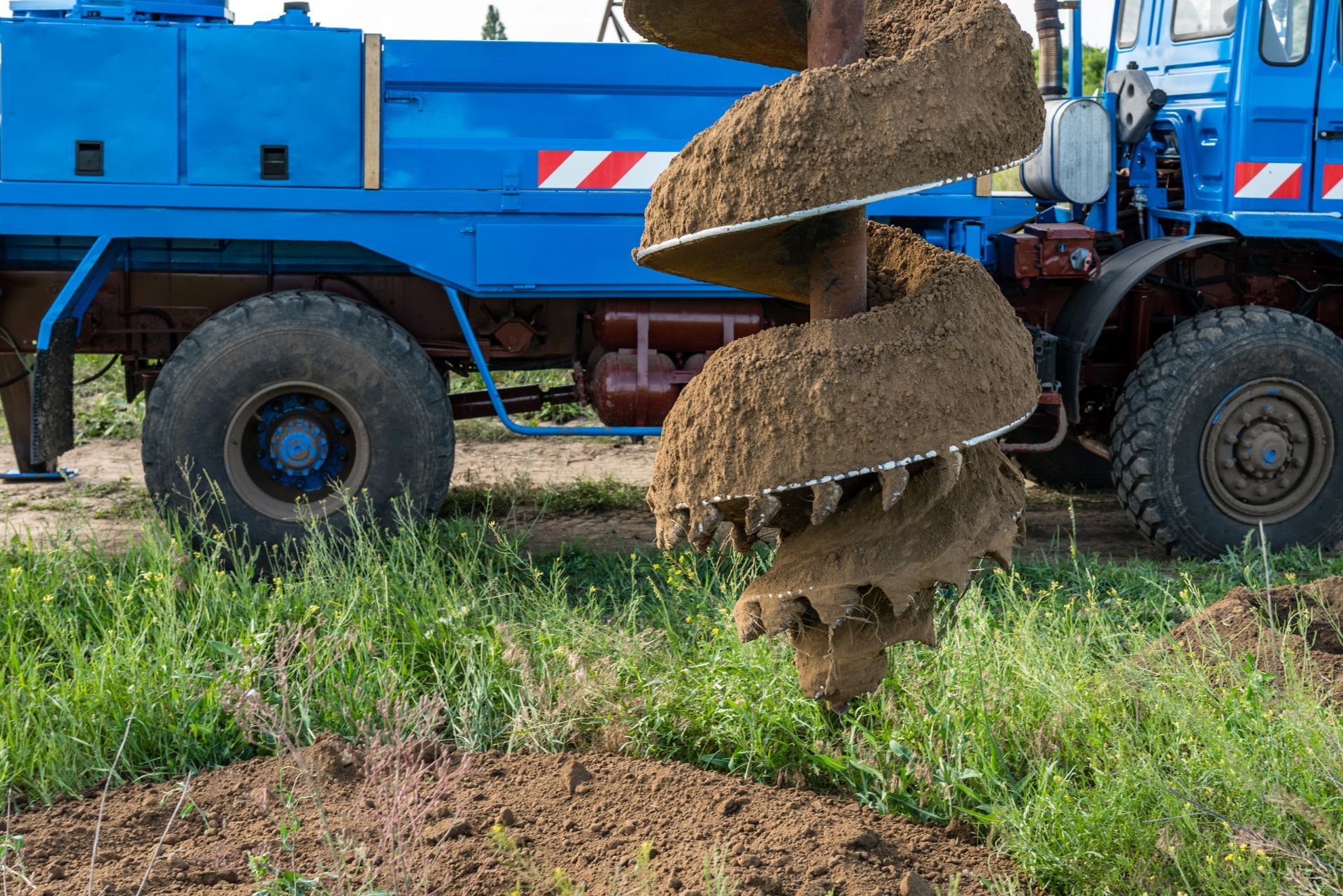Top 3 Recommended Policies

In the complex world of mud engineering, where precision and safety are paramount, having the right business insurance is not just a precaution but a necessity. Mud engineering involves specialized processes in drilling and construction, often exposing companies to unique risks that require tailored insurance solutions. As the engineering insurance market is rapidly expanding—projected to grow from $24.1 billion in 2022 to $56.7 billion by 2032 at a robust CAGR of 9.2%—understanding the nuances of insurance coverage can help businesses secure their operations and foster growth in a competitive landscape. Industry reports highlight this growth, reflecting increased demand for risk mitigation in specialized sectors like mud engineering.
Understanding the Unique Risks in Mud Engineering
Mud engineering is integral to drilling operations, involving the management of drilling fluids that maintain wellbore stability and prevent blowouts. However, this specialization comes with inherent risks including environmental hazards, equipment failure, and potential injury to personnel. These risks are compounded by the dynamic nature of construction sites and drilling environments, where safety incidents can escalate quickly. The complexity of mud formulations, which must be tailored to specific geological conditions, adds another layer of challenge, as improper mixtures can lead to catastrophic failures in well integrity.
One insightful study analyzing over 800 injury reports in construction environments found that the frequency and severity of safety risks in such industries resemble natural phenomena like earthquakes or heavy precipitation. This analogy underscores the unpredictable and potentially severe nature of risks mud engineering firms face daily, reinforcing the need for comprehensive insurance coverage tailored to these realities. Research on construction safety risk modeling provides valuable perspectives on managing these challenges effectively. Furthermore, the study highlights the importance of continuous training and safety drills for personnel, as preparedness can significantly mitigate the impact of unforeseen incidents.
Environmental and Pollution Risks
Environmental liability is a critical concern in mud engineering, especially as projects grow larger and more complex. Pollution liability coverage has seen an 11.2% increase recently, reflecting a heightened focus on protecting against environmental damage claims. This trend is driven by regulatory scrutiny and the increasing costs associated with environmental remediation. Firms engaged in mud engineering must prioritize pollution liability insurance to safeguard against potential contamination incidents linked to drilling fluids and waste management. Statistics on pollution liability coverage illustrate this growing priority in the industry. Additionally, the rise of public awareness regarding environmental issues has led to stricter regulations, compelling companies to adopt more sustainable practices in their operations, such as using biodegradable drilling fluids and implementing advanced waste disposal techniques.
Moreover, the impact of climate change is becoming increasingly evident in mud engineering, as extreme weather events can disrupt drilling schedules and exacerbate environmental risks. For instance, heavy rainfall can lead to flooding at drilling sites, increasing the likelihood of hazardous spills and contamination. As a result, mud engineers must not only be adept at managing drilling fluids but also be prepared to adapt their strategies in response to changing environmental conditions. This adaptability is crucial for minimizing risks and ensuring compliance with evolving regulatory frameworks, which are increasingly focused on sustainability and environmental protection.

Key Insurance Types for Mud-Engineering Businesses
Given the multifaceted risks in mud engineering, businesses typically require a combination of insurance policies to ensure comprehensive protection. Understanding these coverages can help companies tailor their insurance portfolios to specific operational needs.
Engineering Insurance
Engineering insurance is fundamental for mud-engineering firms, covering risks related to equipment breakdown, machinery failure, and project delays. The global engineering insurance market’s rapid expansion reflects the increasing complexity and scale of projects requiring such coverage. This insurance not only protects physical assets but also helps mitigate financial losses from unexpected downtime or damage.
With the market expected to reach $56.7 billion by 2032, businesses that invest in robust engineering insurance are better positioned to navigate operational uncertainties. Market insights confirm that demand for this insurance is rising alongside infrastructure development and technological advancements in engineering. As projects become more intricate, the need for specialized coverage that addresses unique risks—such as those arising from innovative drilling techniques or advanced machinery—has never been more critical. Companies that proactively assess their engineering insurance needs can capitalize on emerging opportunities while safeguarding their investments.
Casualty and Liability Insurance
Casualty insurance, including general liability and auto liability, is essential for protecting mud-engineering companies against claims arising from bodily injury, property damage, and vehicular incidents. Recent industry data reveals a 7% increase in casualty insurance premiums in Q2 2024, driven by rising claim costs in double digits. This trend highlights the growing financial risks associated with liability claims in the construction and engineering sectors.
Auto liability claims, in particular, are becoming more severe due to higher legal verdicts and the risks linked to employees operating company vehicles. Corporate risk managers emphasize the importance of this coverage to mitigate exposure to costly lawsuits and settlements. Expert commentary on casualty insurance trends sheds light on these evolving challenges. Furthermore, as companies expand their operations and workforce, the potential for incidents increases, making it imperative for businesses to regularly review and adjust their liability coverage. This proactive approach not only protects against unforeseen events but also fosters a culture of safety and accountability within the organization.
Construction Insurance
Construction insurance is another critical component for mud-engineering businesses involved in drilling site development or infrastructure projects. This coverage typically includes builder’s risk, contractor’s liability, and workers’ compensation. The Council of Insurance Agents and Brokers recently reported a 4.6% rise in construction insurance premiums in Q1 2024, outpacing the forecasted 5% increase in construction spending for the year. This premium surge reflects heightened risk perceptions and claims activity in the sector.
For mud-engineering firms, investing in construction insurance mitigates risks associated with on-site accidents, material damage, and project delays, ensuring smoother project execution and financial stability.
Industry updates on construction insurance premiums provide a useful benchmark for budgeting and risk planning. Additionally, as regulatory standards evolve and environmental considerations gain prominence, construction insurance policies are increasingly incorporating coverage for environmental liabilities. This shift not only protects firms from potential fines and remediation costs but also aligns with the growing emphasis on sustainable practices within the industry. By staying informed about these trends, mud-engineering businesses can better navigate the complexities of their insurance needs and enhance their operational resilience.
Leveraging Technology to Enhance Insurance Risk Management
The integration of InsurTech innovations is transforming how mud-engineering businesses approach insurance risk management. Advanced machine learning techniques and data analytics are improving the accuracy of insurance loss models, enabling better risk classification and claims management. This technological evolution helps insurers and insured parties alike to predict potential losses more effectively and tailor coverage accordingly.
A recent study demonstrated that incorporating InsurTech solutions enhances the precision of loss forecasting, which is especially beneficial in high-risk industries like mud engineering. By leveraging these tools, companies can optimize their insurance portfolios, reduce premiums, and improve claims outcomes.
Adopting such innovations is becoming increasingly important as the engineering insurance market grows and competition intensifies. Staying ahead with technology-driven risk assessment can provide a strategic advantage in managing complex insurance needs. Research on InsurTech and insurance loss models highlights these promising developments.
Moreover, the rise of big data analytics allows for real-time monitoring of risk factors, enabling businesses to respond swiftly to changing conditions. For instance, predictive analytics can identify patterns in operational data that may indicate emerging risks, allowing companies to proactively adjust their strategies. This not only enhances safety protocols but also fosters a culture of risk awareness throughout the organization, ensuring that all employees are engaged in the risk management process.
Furthermore, the application of blockchain technology in insurance claims processing is another area of significant promise. By creating a transparent and immutable record of transactions, blockchain can streamline the claims process, reduce fraud, and enhance trust between insurers and policyholders. This level of transparency is particularly crucial in the mud-engineering sector, where the stakes are high, and the potential for disputes can lead to costly delays. As these technologies continue to evolve, they will undoubtedly reshape the landscape of insurance risk management, driving efficiency and innovation across the industry.
Practical Tips for Choosing the Right Insurance Coverage
Selecting the appropriate insurance policies for a mud-engineering business requires careful consideration of operational risks, project scope, and regulatory requirements. Here are some practical guidelines to help companies make informed decisions:
- Assess Specific Risks: Conduct a thorough risk assessment focusing on environmental exposure, equipment vulnerability, and personnel safety to identify coverage gaps.
- Work with Specialized Brokers: Engage insurance brokers experienced in engineering and construction sectors who understand the unique challenges of mud engineering.
- Review Policy Limits and Exclusions: Ensure that policy limits are adequate for project scale and that exclusions do not leave critical risks uncovered.
- Consider Emerging Risks: Account for new liabilities such as cyber risks or evolving environmental regulations that may impact future insurance needs.
- Leverage Technology: Use data analytics and InsurTech tools to evaluate risk profiles and negotiate better terms.
By following these steps, mud-engineering firms can build a resilient insurance strategy that supports operational continuity and financial protection. Additionally, it is crucial for businesses to stay informed about industry trends and shifts in regulatory frameworks that may affect their insurance needs. Regularly attending industry conferences, workshops, and seminars can provide valuable insights into emerging risks and best practices in risk management. This proactive approach not only helps in refining insurance strategies but also fosters a culture of safety and compliance within the organization.
Furthermore, establishing a robust communication channel with insurers can enhance the claims process and ensure that all parties are aligned on expectations. Regularly reviewing and updating insurance policies in response to changes in project scope or operational practices is essential. This ongoing dialogue not only strengthens the relationship with the insurer but also ensures that the coverage remains relevant and comprehensive, ultimately safeguarding the business against unforeseen challenges.

Conclusion: Securing the Future of Mud-Engineering Businesses
The mud-engineering sector operates in an environment marked by technical complexity and significant risk exposure. With the global engineering insurance market expanding rapidly, companies have more opportunities than ever to access tailored insurance solutions that align with their unique needs. From managing environmental liabilities to addressing rising casualty and construction insurance premiums, understanding the insurance landscape is crucial for sustainable business growth.
Embracing technological advancements in risk modeling and claims management further empowers mud-engineering businesses to optimize their insurance coverage and reduce costs. As the industry evolves, staying informed about market trends and expert insights will remain essential for navigating the challenges ahead.
Ultimately, investing in comprehensive and adaptive insurance coverage is a strategic imperative that protects mud-engineering companies against uncertainties, enabling them to focus on innovation and operational excellence. For more detailed market data and expert analysis, exploring
engineering insurance market reports can provide valuable guidance in making well-informed decisions.
Contact Us
Phone
Location
9595 Six Pines Dr, Suite 8210, The Woodlands, TX 77380

